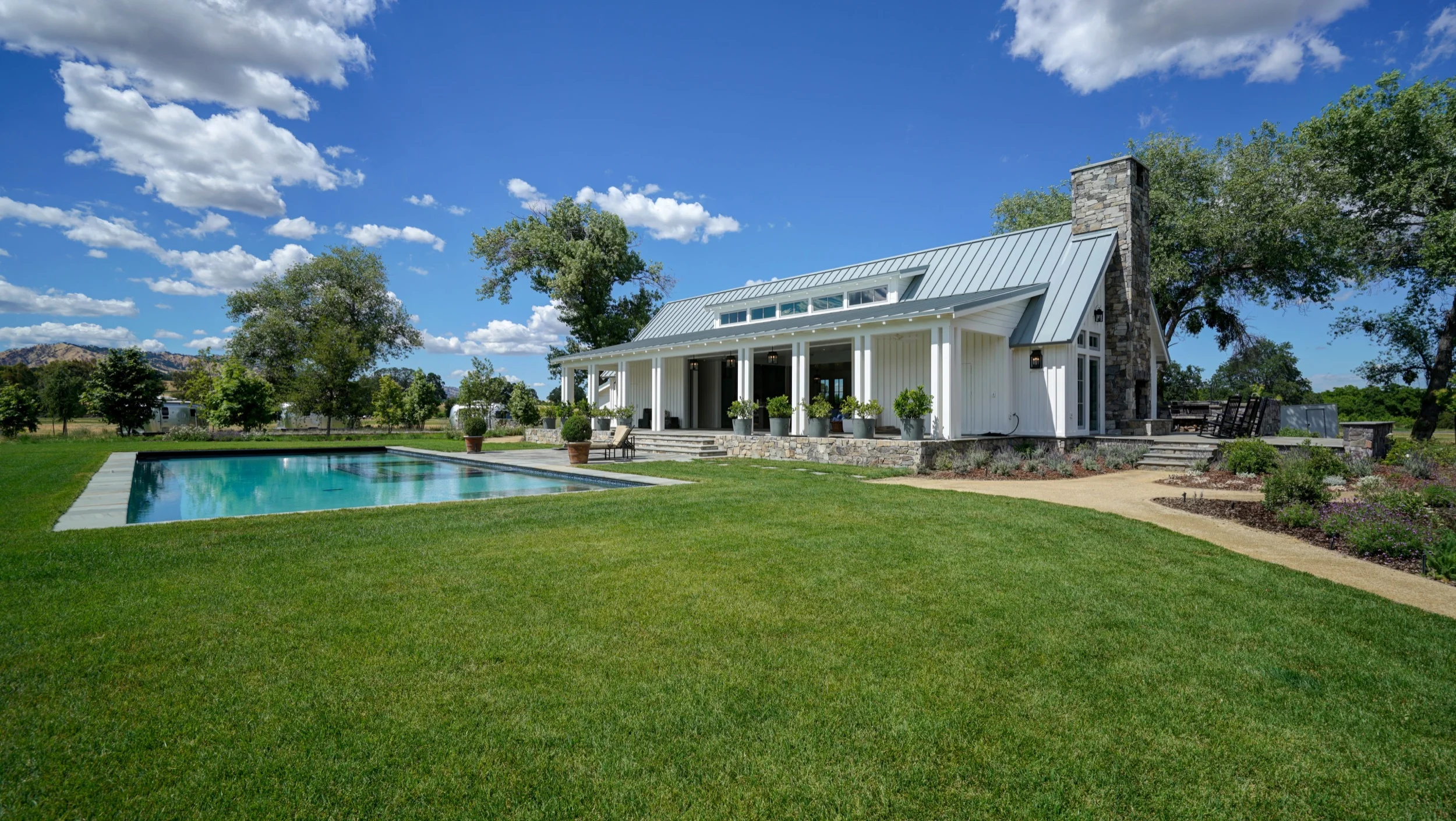Working as design partners for several years on the Middle Green Specific Plan, Brendan Kelly, AIA and Amie MacPhee, AICP (Cultivate-Ca.com) produced one of the most progressive land preservation plans in the SF Bay Area. Working with neighborhood groups and sometime intransigent landowners, the plan preserves +1800 acres of open lands, working ranches and vineyards, and still allows for three dense neighborhoods (approx 400 homes) in a region where quality housing remains in short supply. Approved unanimously by the Solano County Board of Supervisors in 2017, the Plan remains in effect as the de facto Zoning Ordinance for this area of the County.
Kelly + Morgan Architects and Cultivate Planners and Landscape Architects have already begun entitlements and preliminary architectural and landscape design on the first neighborhood center focused around the local winery, GV Cellars.
Preamble from the MGVSP:
Middle Green Valley is unique and spectacular. The City of Fairfield, to the south, and unincorporated Solano County to the north, have continued to entitle subdivisions, while Middle Green Valley has remained largely undeveloped agricultural and open space land in the center. There is long-standing conflict between the open space desired by neighbors and development rights desired by landowners. The landowners of Middle Green Valley are under substantial pressure to both preserve their rural culture, even as the basic economics of agriculture are eroding the financial viability of their lands, and to develop their property to realize the economic benefit of their property. Many of the landowners, some whose families have cultivated the land for more than 150 years, wish to realize the development value of their land while, at the same time maintaining the integrity of the open space, agricultural productivity and farming legacy. In accordance with the goals and policies of the General Plan, the County saw an opportunity to try to resolve this conflict, and avoid the piece-meal subdivision that would inevitably occur in the absence of a comprehensive plan. At the same time, the County also wants to ensure that the houses developed under the plan are in keeping with the unique setting: practical, clustered, rural in character, sustainable, and complementary to the existing landscape. At significant cost and with no guarantee of success, the Solano County Board of Supervisors proposed a Specific Plan process for this part of Green Valley as part of the updated 2008 General Plan. That General Plan, with landowner and neighbor support in Green Valley, was passed with a 65% approval in November 2008. In January of 2009, the County appointed Hart Howerton, and consultant team to work with a Citizens Advisory Committee (CAC) which was divided equally between landowners and nearby residents. Their joint task was to produce a plan that meets the goal and policies for Middle Green Valley set forth by the General Plan. This Specific Plan is a result of that successful, collaborative effort. Like all successful designs, this Specific Plan captures a moment in time when community representatives were able to develop a shared vision for an agriculturally-centered community founded on conserving a remarkable landscape, based on a stewardship ethic. No plan can be perfect, however, and many people spent countless hours discussing and ultimately compromising, where necessary, for the long term benefit of the whole area. This was an extraordinary opportunity for neighbors, landowners and local agencies to have an open dialogue about real long-term interests, and understand how financial, environmental, and cultural aspects of a community plan can fit together.
Read More





